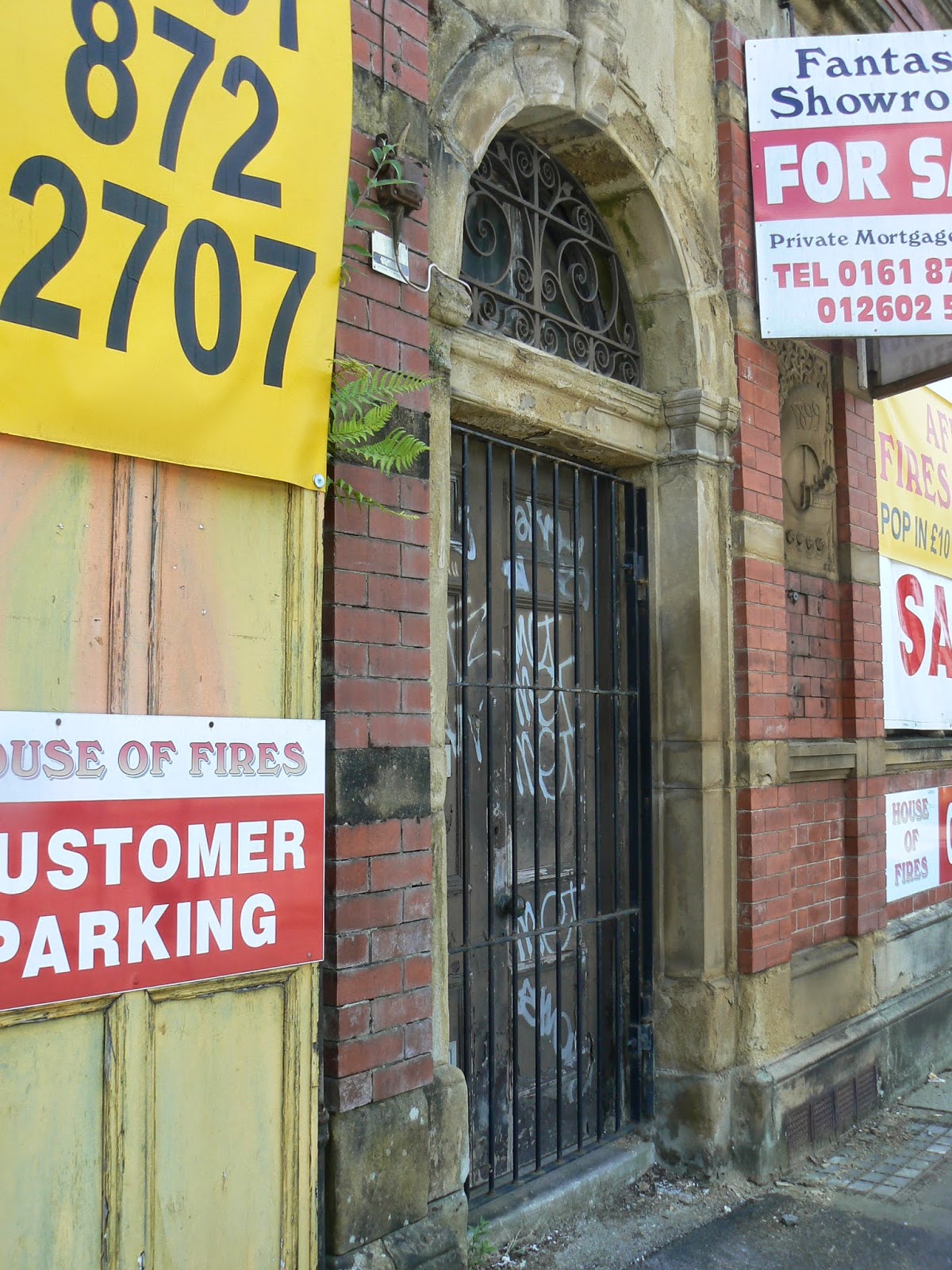I have all but finished Laying the Children’s Ghosts to Rest* which is an important contribution to the history of the British Home Children.
More so because here in Britain there are still not enough books on this important subject.
We all come to the study of British Home Children in slightly different ways but for most of us it is that simple discovery that a close relative was one of those young people scooped up and sent half way across the world in the belief that they were to be offered a better life.
For most of us it is a chance discovery provoked by a passing remark or the absence of any family history beyond a certain point and a reluctance or inability from that family member to supply a story.
In my case it was a lost great uncle who like his siblings was in care for most of his early life but unlike them was sent by the Derby Board of Guardians to Canada in 1914.
And it was all the more powerful because he was the great uncle I knew nothing of and who no one in the family ever referred to.
Bit by bit and against the odds I was able to piece together some at least of the story. The search was made difficult by the absence of almost all the records from the Derby Board of Guardians, fragmentary evidence from Middlemore which organised the move and placement in Canada and nothing after 1925.
So Laying the Children’s Ghosts to Rest is a real find for here are a series of case studies of young people who were migrated and their experiences in Canada.
Now I have no way of knowing how far they mirror my great uncle’s year on farms in New Brunswick and Nova Scotia but they help.
But Mr Joyce’s book is more than just a set of case histories.
Here for those who know little of the story is a clear explanation of how the migration of children came about but without any hint of demonizing those who organised and participated in the selection, transfer and placement of thousands of young people.
And he is keen to point to the success stories but that said running through the book is that inescapable fact that many who left Britain were scarred for ever by their experiences which marched with them through the rest of their lives and tumbled down into their relationships with family and friends.
But the book is bigger than just a collection of stories for the last section raises very real questions about an economic, political and social system which created such inequalities and poverty and in turn allowed the migration of children to seem a real solution.
A solution that didn’t stop with our children for back in the 1840s the Poor Law Commissioners had set in motion schemes to migrate families to the North and then by extension to Canada.
That will sound familiar to those who remember the call for the unemployed
“to get on their bike” and look for work.
And that return to a hard faced approach to the needy and less fortunate is back again.
Mr Joyce places those periods of distress and short term solutions in the context of similar policies where again poverty is somehow the fault of the poor whose lives must be made harder if the current crisis is to be overcome.
All of which I suspect would be both understood and applauded by the men who framed the New Poor Law in 1834.
If I am picky I would disagree a little with some of the observations he makes about the New Poor Law and the impact of the Industrial Revolution but they are minor and do not detract from this major contribution to BHC studies.
What I particularly like is the way each case study weaves from the person to the bigger picture always placing each individual in its historical context referencing back to the issues and arguments of the period.
So there is much scholarship here with excellent notes and references but presented with a light touch.
I know that many of us will connect with young Gladys Martin and Joe Harwood and wonder to what extent our own family members shared their ups and downs.
Of course when you are separated by a century and bit there is a remoteness to these lives.
And for me this is compounded by the twinkling lights across the Bay of Naples which is where we have washed up.
The noise of an early evening under an Italian moon makes me reflect on how far all of us travel.
It says a lot that Mr Joyce’s skill and scholarship have drawn me closer to my great uncle who left Britain in the May of 1914.
Pictures;
cover from Laying the Children’s Ghosts to Rest and detail showing Gladys Martin
*Laying the Children’s Ghosts to Rest, Sean Arthur Joyce, 2014





.jpeg)
+crop.jpeg)







































.JPG)


